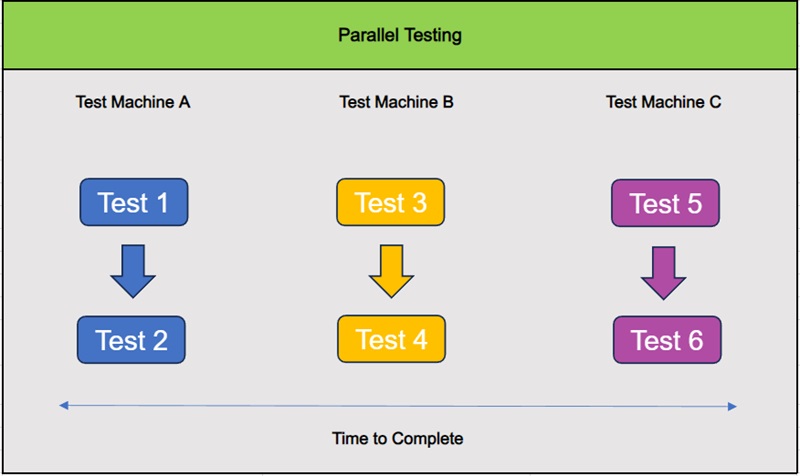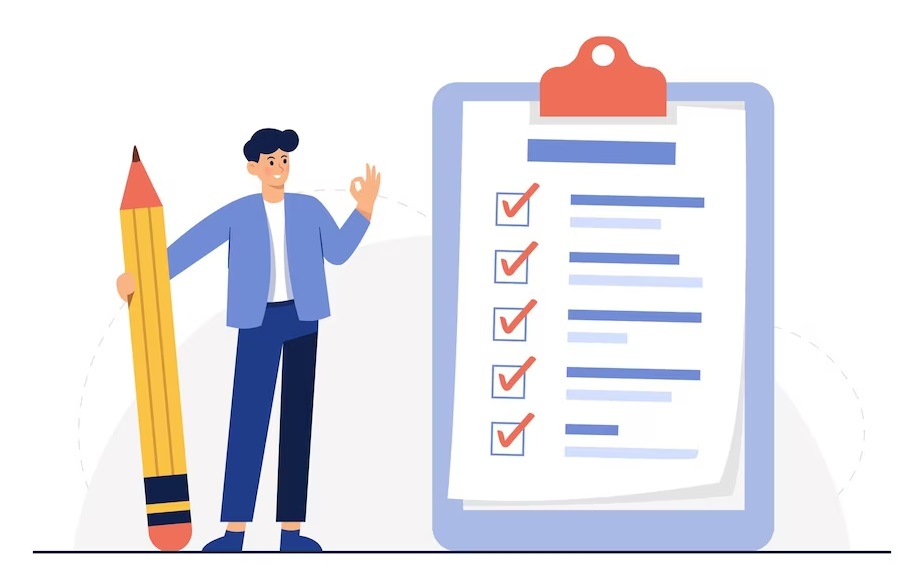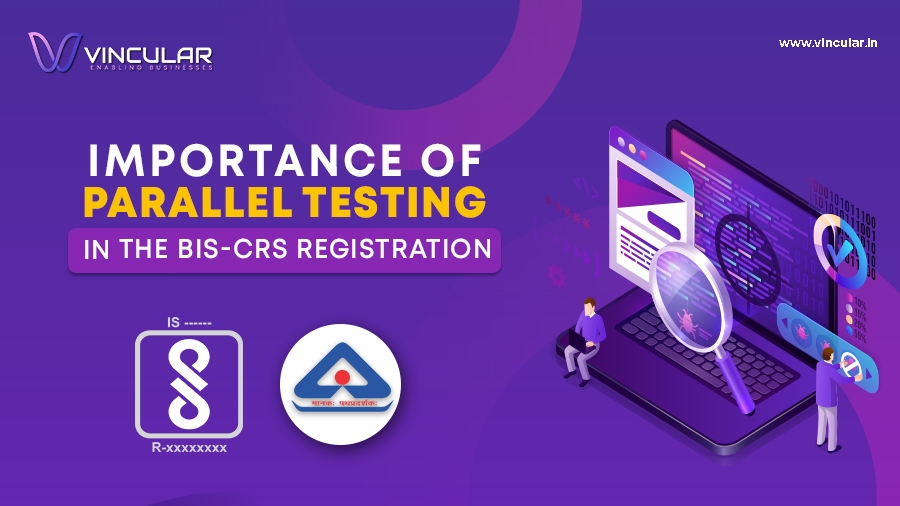Recently the Bureau of Indian Standards (BIS) announced the implementation of parallel testing for all electronics and IT hardware products.
This could lead to significant time savings of 4 to 13 weeks in the compliance process, according to statements from an industry body.
However, guidelines for parallel testing were issued on 19 December 2022 for Mobile Phones as a pilot project for six months.
Thereafter, due to the low number of applications, the pilot project was extended further for 6 months along with the addition of two more product categories:
- Wireless Earphone and headphone
- Laptop/Notebook/tablet
Even then the low inflow of applications remains the same.
So, BIS with industry stakeholders and test agencies discussed the topic in a virtual meeting.
The industry unanimously supported the parallel testing provision as a permanent scheme for all products.
As an update, on January 09, 2024, BIS published a circular for the conversion of the pilot project into a permanent scheme.
In addition, BIS has decided to extend the option of Parallel Testing to “All product categories” covered by the Compulsory Registration Scheme (CRS).
It is important to note that participation in Parallel Testing remains entirely voluntary. Manufacturers retain the choice to continue submitting sequential applications if they prefer.
Note: You can access the circular published by BIS from here.
What is Parallel Testing?

The BIS-CRS mandates that certain products undergo safety testing and obtain BIS certification before being introduced to the Indian market.
This ensures that products adhere to specific standards, promoting consumer safety and satisfaction.
However, the testing process can be time-consuming, and delays can impact product launches and market entry.
Parallel testing is presented as a strategic solution to expedite the testing phase and meet the strict deadlines imposed by the BIS-CRS.
It emphasizes the simultaneous execution of multiple tests to reduce certification time, ensuring a swift and efficient compliance process.
Let’s understand it with an example.
Example of Parallel Testing
Imagine a company is seeking BIS-CRS certification for a new smartphone model.
The certification process involves various tests, including safety and performance tests, electromagnetic compatibility tests, and more.
Instead of conducting these tests sequentially, the company decides to implement parallel testing.
In a traditional sequential testing approach, if 20 different test cases need to be performed and each takes 5 minutes to complete, the total testing time would be 100 minutes (20 test cases x 5 minutes/test case).
Now, in parallel testing, the company utilizes 20 real mobile devices and corresponding adapters.
Each device is set to execute one specific test case simultaneously. With parallel execution, all 20 test cases can complete the test at the same time.
In this case, the total testing time would be reduced to the time it takes to execute the longest individual test, which might be 5 minutes or less.
Timeline for Testing as per Existing Method
As per the existing method, there are steps while BIS registration of any product:
- Firstly, the lab initiates the testing of cells and provides reports.
- Then BIS registration of the cell takes place and after 6-7 weeks, the manufacturer gets the Registration no of the Cell.
- Now testing of the battery starts and the test report of the battery shall be released, then BIS registration of the battery starts and after 6-7 weeks (about 1 and a half months), the manufacturer gets the Registration no of the battery.
- After complete testing of the battery, power bank testing will start and BIS registration of the Power bank will take place.
- Now, testing of the host product has started and after releasing the test report of the host product, BIS registration should be done waiting for 6-7 weeks for the registration no of the host to be received by the manufacturer.

Timeline for Parallel Testing
If a manufacturer needs to certify wireless headphones or earphones, then there are a few steps:
- The lab shall initiate the testing of all critical components of the product simultaneously.
- After testing the lab releases the test report of the cell and BIS registration of the cell should be started.
- 1 to 2 days after releasing the test report of the cell, the lab would release the report of the battery, mentioning the cell’s report number and starting the BIS registration process.
- Now, after releasing the test report of the battery within 1-2 days the testing report of the power bank should be released by mentioning the report no of the battery in the test report of the power bank and BIS registration takes place.
- Having the power bank’s report number on the report of the host product (Wireless Earphone) will allow it to release the test report of that product. And BIS registration of the host product starts.
- After getting a certificate for wireless earphones, the manufacturer must apply for a CCL update because, in the parallel testing report, the number is mentioned in critical components so to replace that CCL update is required to get the 8-digit R-NO.

Key Benefits of Parallel Testing
Benefits of Parallel Testing for BIS-CRS Certification:
1. Time Efficiency: The primary advantage is the significant reduction in testing time, allowing products to obtain BIS certification more quickly.
This can expedite the overall product development and market entry process.
2. Faster Compliance: Parallel testing ensures that the product complies with BIS standards promptly, enabling companies to meet strict deadlines and launch their products in the Indian market without unnecessary delays.
3. Resource Optimization: Utilizing multiple devices simultaneously optimizes resource utilization, making the testing process more efficient and effective.
Limitations of Parallel Testing
1. Resource Requirement: Parallel testing requires a substantial number of real devices, adapters, and other testing equipment. Acquiring and maintaining these resources can be costly.
2. Test Dependencies: Some test cases may have dependencies that make parallel execution challenging.
For instance, if the results of one test impact the conditions of another, parallel testing might not be suitable for those cases.
3. Complexity in Coordination: Coordinating and synchronizing the execution of multiple tests simultaneously can be complex.
Proper coordination is essential to ensure accurate and reliable results.
4. Initial Setup Time: Setting up a parallel testing environment may take time and effort. It’s crucial to plan and configure the testing infrastructure appropriately.
Note: The manufacturer is fully responsible if the test sample fails or the test report is incomplete in any case so BIS is ultimately responsible for the decision to reject the application.
Partner with Vincular for BIS-CRS Certification

Vincular is India’s best regulatory compliance consulting company assisting brands, manufacturers and importers to enter the Indian market seamlessly with their testing, certification and consulting services.
If you are looking to achieve BIS-CRS Certification then we provide comprehensive assistance throughout the entire process from pre-inspection to final certification under the BIS-CRS regime.
Conclusion
The Bureau of Indian Standards (BIS) has made parallel testing a permanent option for all products under the Compulsory Registration Scheme (CRS).
This means manufacturers can simultaneously test different aspects of their products, speeding up the certification process.
Parallel testing brings benefits like faster testing, thorough coverage, and efficient use of resources in testing labs. However, manufacturers must be aware of the high costs and dependencies between tests.
It’s important to note that participating in parallel testing is a choice for manufacturers; they can still choose traditional sequential testing if they prefer.
Overall, this move by BIS is a positive step toward making the certification process more flexible and quicker, helping companies get their quality products to the market faster.




